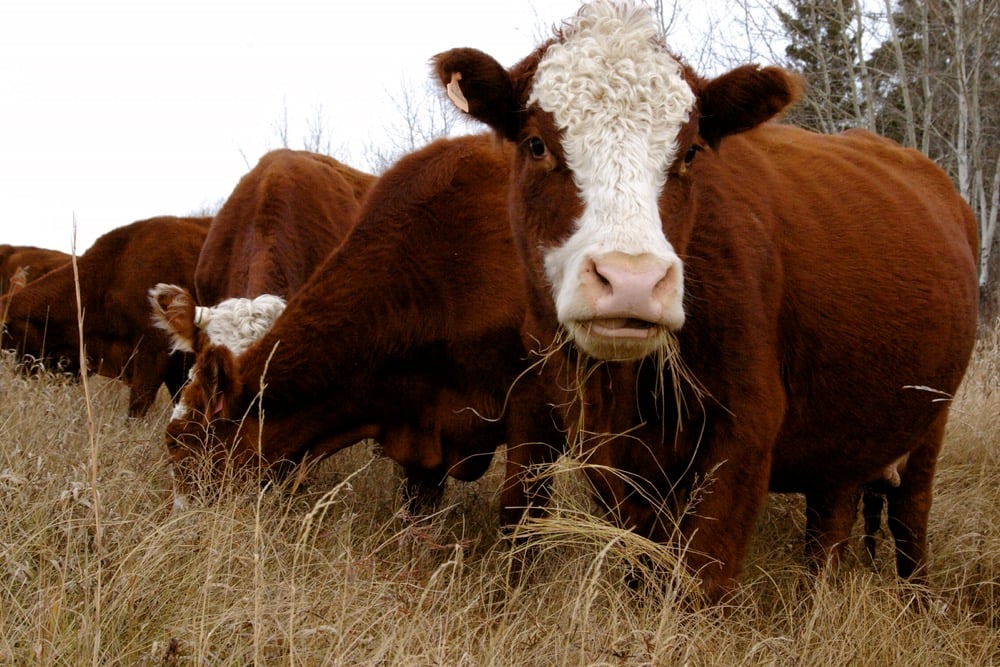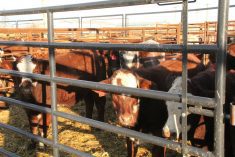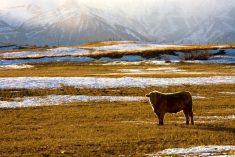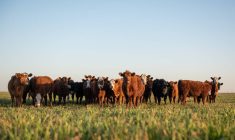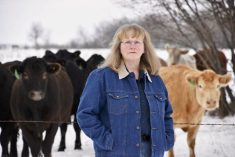If your opinion of artificial insemination (AI) for the beef cattle herd is “been there, done that,” you may want to give it another look.
New protocols and synchronization methods have eased the pressure.
“There’s no question that fixed-time AI has got easier,” says Cliff Lamb, University of Florida animal scientist. That’s important for those who tried other AI programs in the past but did not find success, and also noteworthy for those who have never tried AI.
Fixed-time protocols allow the average producer who doesn’t know how to AI to synchronize them and schedule a technician to come out and breed the cows.
Read Also

Pig transport stress costs pork sector
Popular livestock trailer designs also increase pig stress during transportation, hitting at meat quality, animal welfare and farm profit, Agriculture and Agri-Food Canada researcher says
Pregnancy rates vary by herd and environment, not perfect by any means, but getting better.
“We’ve found that fixed-time insemination has worked so well in heifers and cows with the new protocols that we’ve got to where we can get more cattle pregnant on the first day of your breeding season,” says Willie Altenburg, Select Sires beef development adviser.
That’s because it allows for a better conception rate – up to 60 per cent – on the first day of breeding season, he adds.
AI reduces the uncertainty of unproven bulls and serves as a risk management tool, too.
“The advantage of using proven genetics in the heifers, the ability to synchronize and get proven calving-ease genetics – that is where we see the most use of AI today,” Altenburg says. “Then you can use that over into the cow herd, of course.”
Improvements in growth traits, carcass merit and replacement heifers are only the start, he says.
“It’s a stepping stone of just how much the genetics are being utilized more and more to incorporate things like carcass traits to harvest cattle with outstanding carcass merit to enhance the eating quality so that our producers and consumers enjoy that benefit,” Altenburg says.
The large variety of genetics available with AI shouldn’t intimidate producers, he says. One strategy is to narrow choices by selecting for specific EPDs (expected progeny differences).
“The use of EPDs and the database from breed organizations has extended the use of highly proven sires,” Altenburg says. “DNA-marker-assisted selection is the next step.”
AI-sired calves often carry many advantages, too, such as the genetics of bulls with the total package.
“It allows you to improve the reproductive efficiency of your cow herd,” says Lorna Marshall, Select Sires vice-president of beef genetic programs. “We shorten your calving interval, we get more of those cows to calve in the first 21 days.
“The other advantage is that it lets you select genetics that are going to fit your marketing environment as well as your feed environment,” she says.





